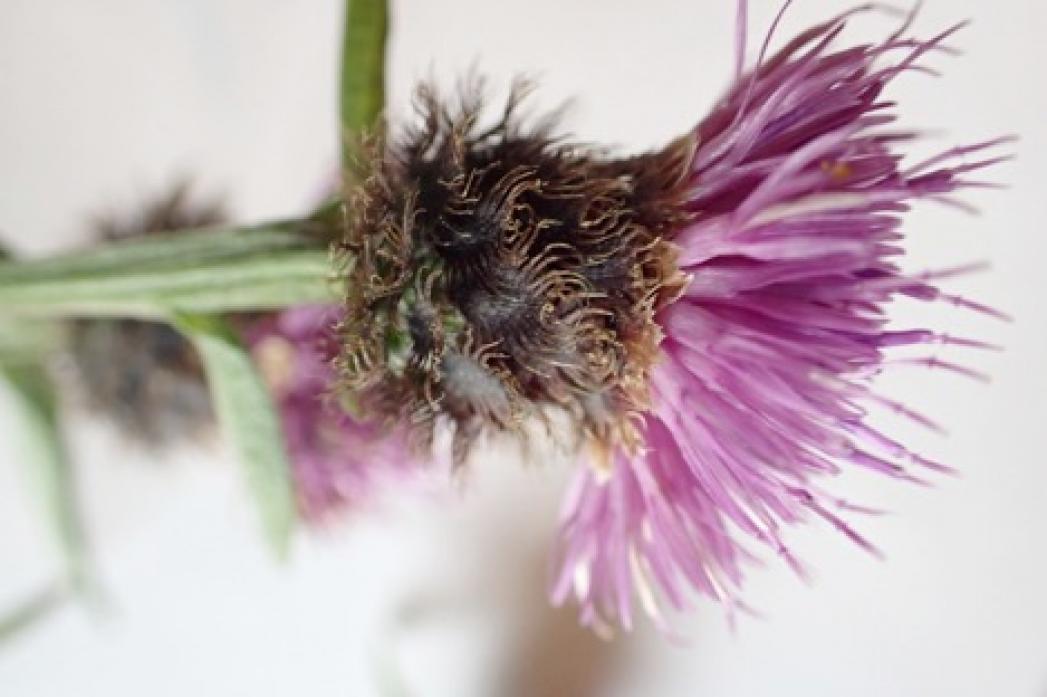
The Daisy family (Asteraceae)
THE daisy family Asteraceae is the largest within flowering plants.
It contains a huge range of species, mainly herbaceous plants, and can be found in a diversity of habitats worldwide. Some members of this family flower early, such as coltsfoot and butterbur, while others, such as thistles, ragworts and hawkweeds, flower late in the year, extending access to much-needed nectar for the insects at both ends of the season.
Many members of the family are of economic or medicinal use including foodplants such as lettuce and chicory and drug plants such as coltsfoot and arnica.
Although at first glance the flower might appear to be made up of many petals, in fact the flowerhead consists of a dense aggregate of tiny flowers called florets.
Centaurea nigra (common knapweed) is an interesting member of the daisy family – a thistle-like plant which can be found in grassland habitats, verges and woodland rides. Many local names refer to the hard spiky flower heads such as iron knobs, bachelor’s buttons, blue bottle, chimney sweep, loggerheads and lady’s cushion. I rather think that punkheads would be a good name for it. Centaurea is thought to originate from Greek mythology. The centaur Chiron, wounded by an arrow dipped in Hydra’s blood, used the flowers to make a poultice for the infected wound. Chiron recovered and named the plant Centaurea. In 12th century Wales, physicians used mixed knapweed, birthwort and field scabious as a cure for adder venom. In medieval England, knapweed was known as matte felon due to its use in curing infections of the finger tips [felons]. By the 17th century, herbalists were using knapweed as a plant to heal wounds and stop bleeding, a use which continued for a long time. The bright pink-purple flowers of common knapweed display the typical flower head for the daisy family and are made up of many small florets.
Knapweed is highly rated as a significant nectar producer for pollinators. Its flowers are often found covered with a range of different insects including many species of bee, hoverflies and butterflies, especially those that lay the eggs on surrounding grasses such as gatekeeper, meadow brown, small heath and the peacocks, tortoiseshells and commas. About 70 other species of insect are supported by the lovely purple flowers and the finches enjoy the abundant seed heads. In the past, young women would play a game by pulling out the rays and putting the plucked knapweed flower in their blouse. When as-yet-unopened florets began to bloom it would tell her the man of her dreams was about to appear. Apparently this flower was a favourite of the poet John Claire:
They pull the little blossom threads
From out the knapweeds button heads
And put the husk wi many a smile
In their white bosoms for a while
Who if they guess aright the swain
That loves sweet fancys trys to gain
l Lizzie Maddison is a member of the Upper Teesdale Botany Group.
Anyone interested in learning more about botany is welcome to join the group. Contact Dr Margaret Bradshaw on mebhilltop@btinternet.com





